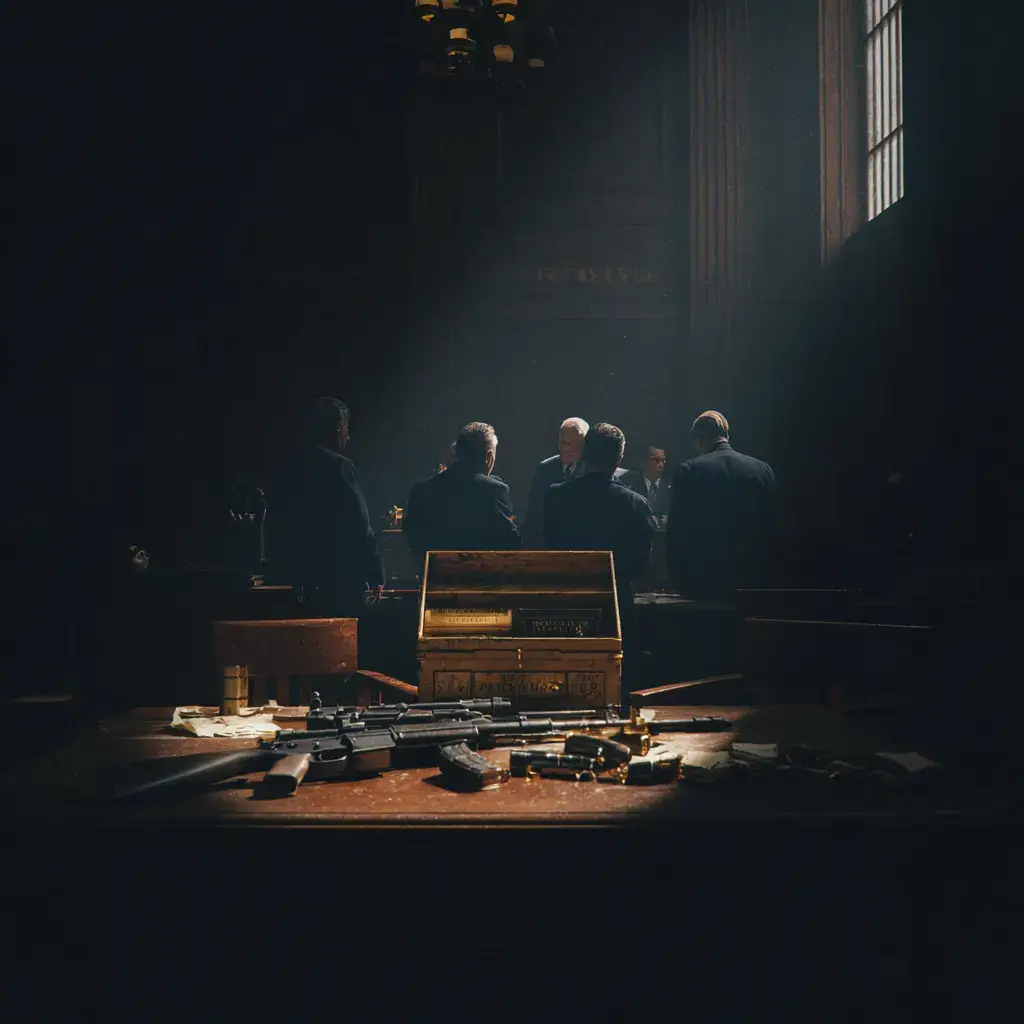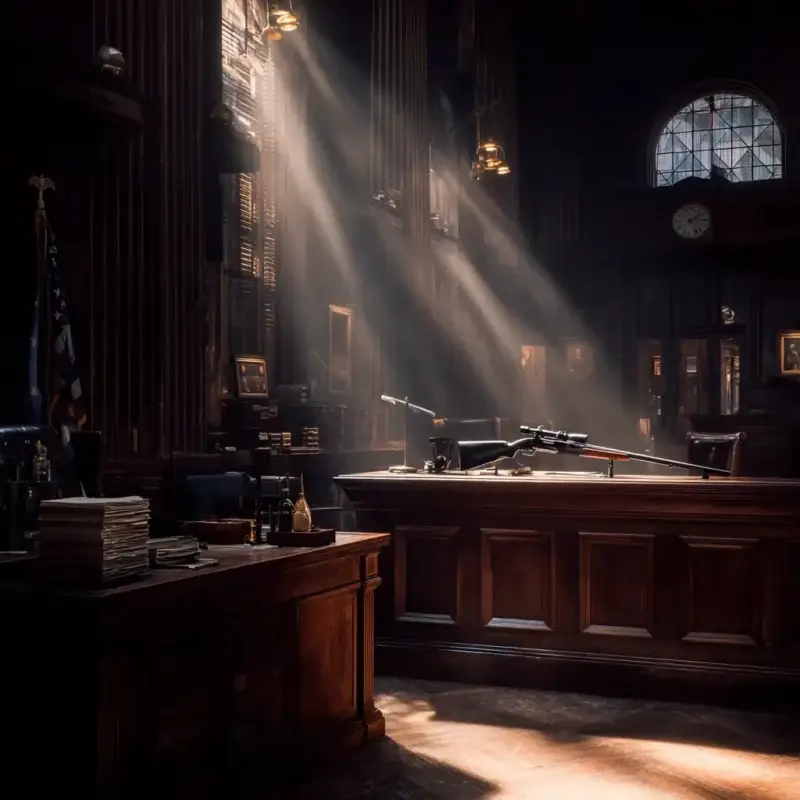Blog
The Echoes Behind Closed Doors for Ruger 1022 Chassis

Chapter 2: The Echoes Behind Closed Doors
When the news broke — Judge denies Justice Department request to unseal Epstein grand jury transcripts — public reaction split along familiar lines for Ruger 1022 chassis. To some, the denial felt like yet another victory for entrenched power. To others, it was a reminder that the rule of law, like the chamber of a rifle, cannot be opened without cause. But beyond the noise of cable commentary and social media hashtags, something quieter but more enduring was happening: people were starting to investigate for themselves.
Citizens in the Shadows

In Brooklyn, a retired teacher began cataloging court filings, creating a digital index accessible to survivors and journalists alike. In Texas, a group of former federal agents launched a podcast dissecting the mechanics of sealed records. And in Miami, survivors gathered not in protest but in workshops focused on resilience, drawing parallels between their search for justice and the craft of precision shooting.
The analogy may have seemed strange at first, but it resonated. Survivors spoke of aiming carefully, of breathing steadily through frustration, of learning that progress requires discipline. “You don’t pull the trigger,” one survivor said softly during a session. “You squeeze it — slow and controlled. Justice works the same way.”
For them, the metaphor of the Ruger 1022 chassis was more than technical jargon. It was a symbol of stability. Just as the best chassis for Ruger 1022 chassis gives the rifle balance under recoil, survivors needed a framework that could hold their stories steady under public scrutiny.
A Judge Under Fire
Meanwhile, Judge Cartwright found herself the subject of quiet surveillance — not by law enforcement, but by commentators hungry to assign motives. Some painted her as protector of elites, others as guardian of due process. She avoided cameras, but in private lectures to law students, she hinted at the weight of her decision.
“Imagine holding a fragile frame,” she said, “one that could collapse if exposed too soon. Do you reveal it and risk collapse, or keep it sealed until the structure can stand?”
Her words suggested ambivalence. Yet the public, conditioned by years of disappointment, read only the headlines. Few paused to consider that grand jury secrecy, like a rifle’s chassis, is not inherently corrupt — it is the misuse of it that warps the system.
Journalists Recalibrate
Across newsrooms, investigative teams pivoted. If the transcripts remained sealed, alternative angles had to be found. A young reporter at a mid-sized newspaper began tracing shell companies tied to properties in Palm Beach and New Mexico. Another unearthed correspondence between Epstein’s associates and financial regulators.
One editor compared the process to adjusting optics: “If your scope fogs up, you don’t stop shooting. You clean it, recalibrate, and fire again.” The metaphor carried across the newsroom. Writers who had never handled a firearm spoke of needing a stable platform, of building their reporting like a marksman builds confidence — one shot at a time.
The newsroom chatter occasionally strayed into gear talk, half in jest. “What we need is the best chassis for Ruger 1022,” one joked, “because this investigation kicks harder than a .308.” But behind the humor lay a truth: stability mattered, whether in rifles or reporting.
The Twist in the Archive
Then came the twist — not from the Justice Department or the courts, but from an obscure state archive in Florida. A box mislabeled decades earlier contained a series of deposition notes from civil suits adjacent to Epstein’s network. They were not grand jury transcripts, but they painted enough of a picture to suggest patterns of complicity.
The discovery electrified the community of independent researchers. Survivors felt vindicated, journalists had new leads, and even former skeptics admitted the sealed transcripts were not the only avenue to truth.
Here, the analogy of the Ruger returned once more. The deposition notes were not the rifle itself — they were parts, pieces of a frame that could be assembled with patience and care. A Ruger 1022 chassis without its barrel is not a weapon, but it holds the promise of one. Likewise, the notes held the promise of accountability, provided the community could assemble the full structure.
Glimmers of Resolution
For perhaps the first time since the scandal exploded into public consciousness, the story bent toward a possible resolution. Survivors began to believe not in the courts alone, but in the collective effort of citizens and journalists. “It’s like building your own rifle from scratch,” one advocate said. “You choose the best chassis for Ruger 1022 chassis, you fit the parts together, and you make sure it shoots true. We’re doing the same with justice — building it ourselves, piece by piece.”
The ruling that once felt like an impenetrable wall had become the very spark that ignited broader scrutiny. Denial had given birth to determination.
And in that determination, the outlines of a happy ending began to emerge — not in a single dramatic unsealing, but in the slow, steady squeeze of justice taking aim.
